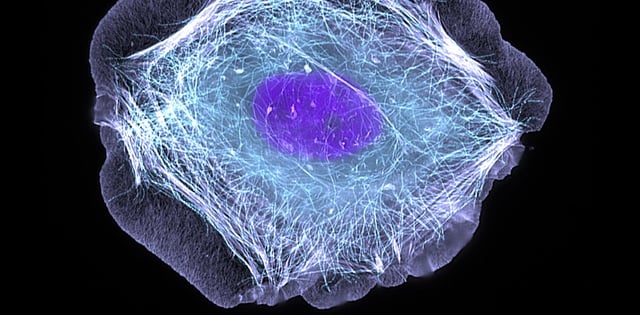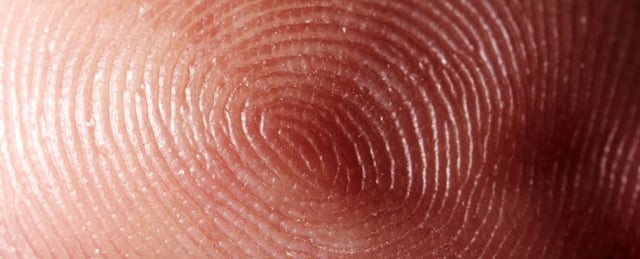Overview
- Researchers at the University of Massachusetts Amherst discovered that epithelial cells emit bioelectric signals to communicate during injury, a phenomenon previously unknown.
- These signals, which rely heavily on calcium ions and ion channels, are similar in voltage to neuronal signals but are 1,000 times slower and can persist for hours.
- The signals can travel distances up to 40 times the length of the cells, coordinating responses over significant areas of tissue.
- The discovery has potential applications for advancing wound healing technologies and developing wearable bioelectric devices.
- Further research is underway to explore the role of other molecules in this signaling and to better understand its mechanisms and implications for medicine.

